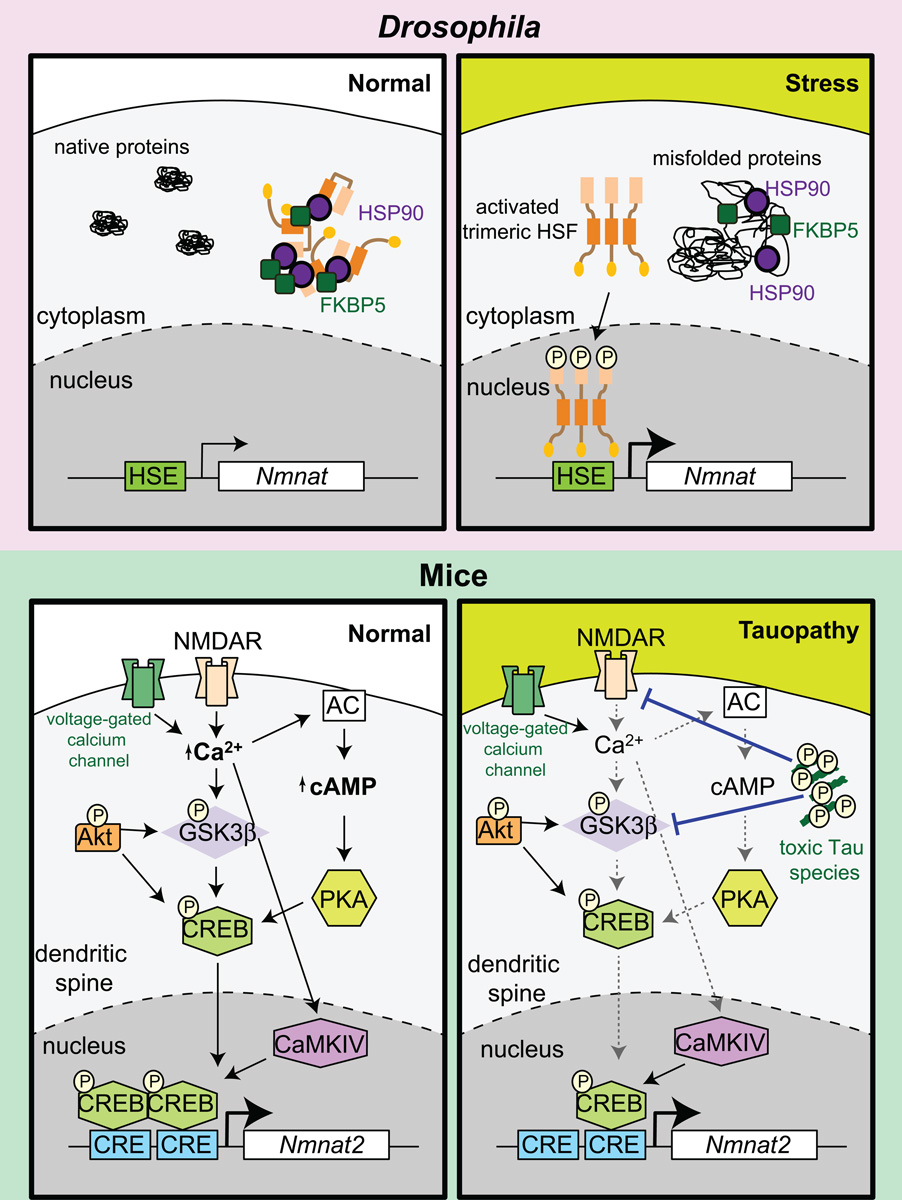Figure 3. Transcriptional regulation of NMNAT in Drosophila and mammals.
Under normal conditions, an appropriate level of nmnat transcription is maintained. In Drosophila, there is one NMNAT gene, under the regulation of stress transcription factor HSF. During acute stress conditions, NMNAT is upregulated by direct binding of HSF to a HSE present in its promoter. In mice, NMNAT2 is involved in neuronal maintenance and its transcription is regulated by CREB. CREB can be activated by a variety of signaling cascades including activation through the AC–cAMP-PKA pathway and direct phosphorylation via activity-dependent increase in CaMKIV. AC activity can be triggered by calcium influx through NMDAR or voltage-gated calcium channels upon depolarization. However, in tauopathy, toxic Tau species (phosphorylated Tau oligomers) reduce synaptic NMDAR function, which could account for a reduction in pCREB levels. Alternatively, AKT activity and pGSK3 levels have also been shown to affect pCREB levels and these signaling cascades are disrupted in tauopathies. Abbreviations: AC, adenylyl cyclase; AKT, serine/threonine protein kinase AKT; CaMKIV, Ca2+/calmodulin-dependent protein kinase IV; cAMP, cyclic adenosine monophosphate; CRE, cAMP response element; CREB, cAMP response element-binding protein; FKBP5, FK506 binding protein 5; GSK3β, glycogen synthase kinase 3β; HSE, heat shock element; HSF, heat shock factor; HSP, heat shock proteins; NMDAR, N-methyl-D-aspartate receptor; PKA, protein kinase A.

